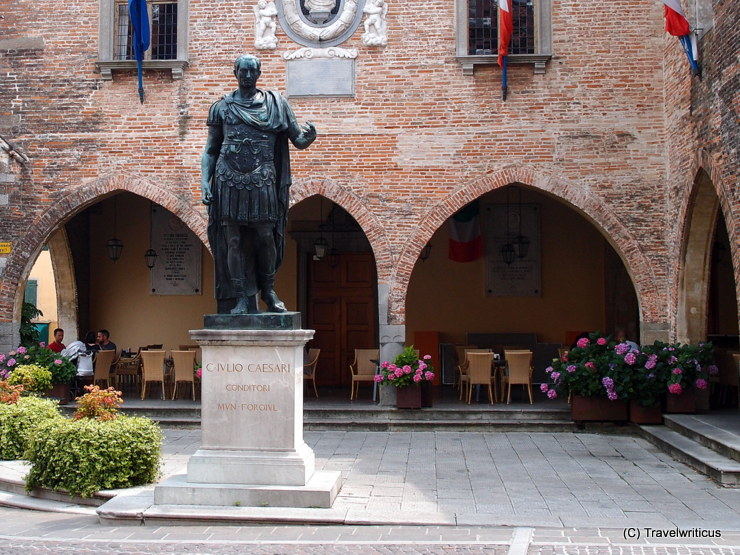
This monument in Cividale del Friuli commemorates Julius Caesar, who founded the city in 50 BC. Its founding name was Forum Iulli. The name of the area of modern Friuli originates from this ancient city name.
Browse through your travel destination!

This monument in Cividale del Friuli commemorates Julius Caesar, who founded the city in 50 BC. Its founding name was Forum Iulli. The name of the area of modern Friuli originates from this ancient city name.
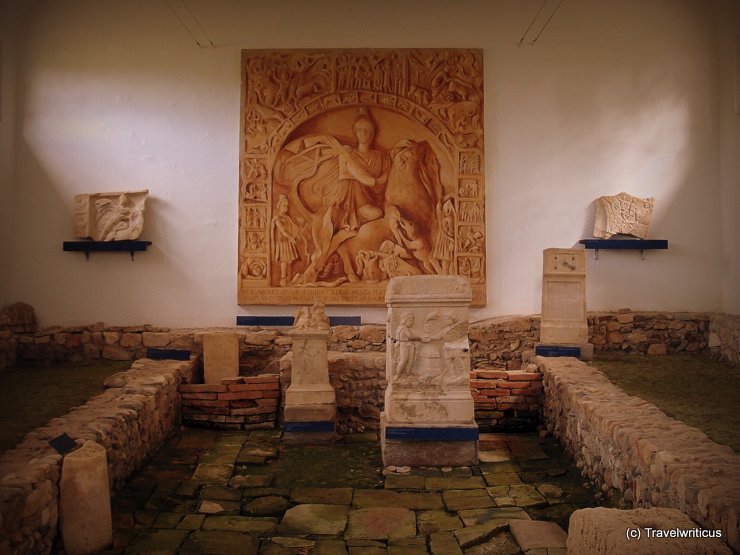
A protective building in the style of an ancient Roman sanctuary shelters the remains of the Mithras Shrine III in Ptuj. The shrine was erected in the sixties of the 3rd century by soldiers of the Legio XIII Gemina.
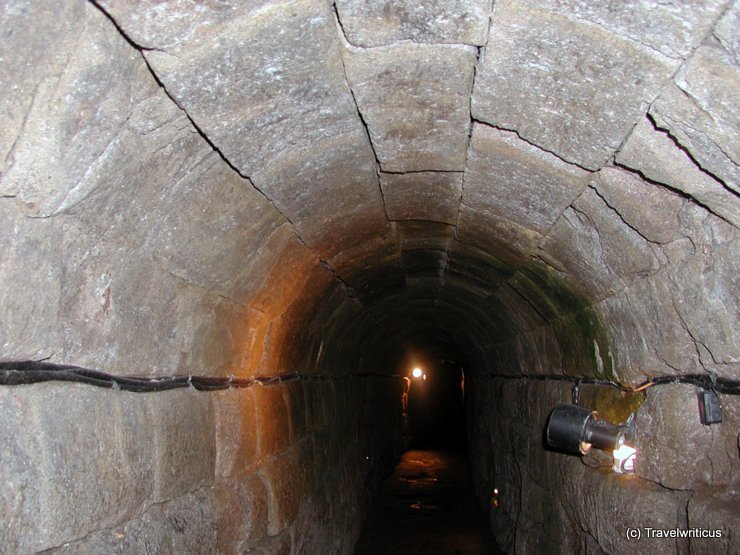
Below the Spanische Bau in Cologne, fans of Roman architecture find the remains of the ancient Roman Praetorium. Right next to these ruins, visitors have the chance to walk through a former Roman sewer below the streets of the modern city.
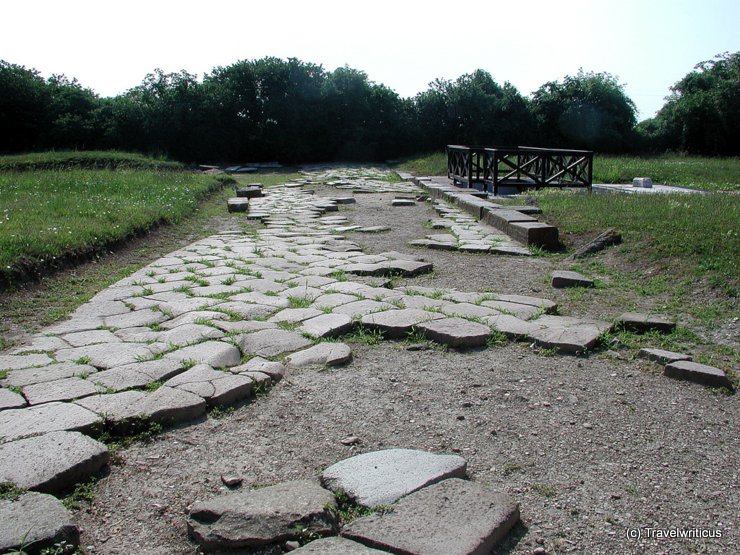
Before entering Venice, I visited the archaeological site of the ancient Altinum near Quarto d’Altino. There, I saw the remains of a Roman street. The nearby Museo Nazionale Archeologico di Altino displayed a bunch of ancient findings.
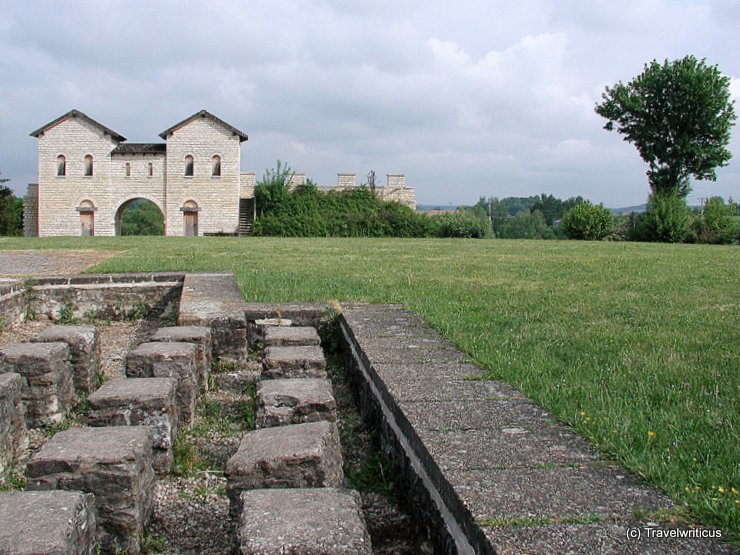
The Roman fort Biriciana, nowadays known as Kastell Weissenburg, was occupied by cavalry units during ancient times. The photo shows the reconstructed north gate (Porta decumana) of the fort area. In Roman times, this gate led to the Limes.
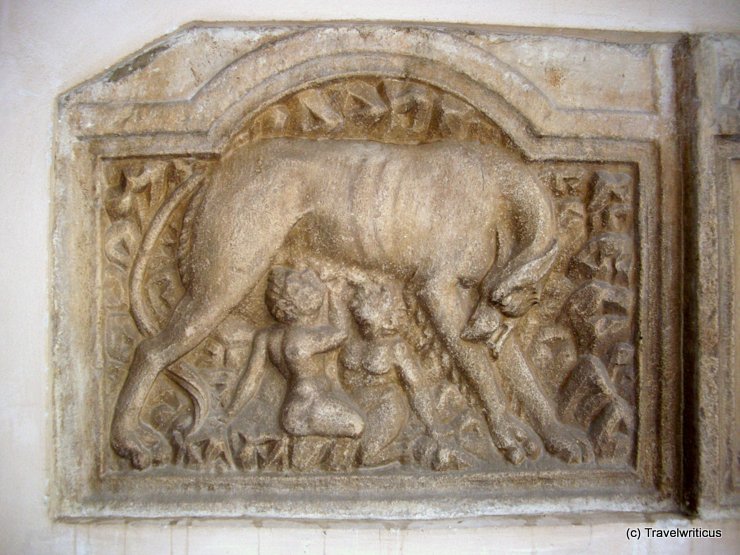
This ancient stone is immured in a church named Marienkirche in Maria Saal. The depiction shows the Capitoline Wolf (Lupa Capitolina). The piece is probably a relic of the Municipium Claudium Virunum, a former Roman place in Carinthia.
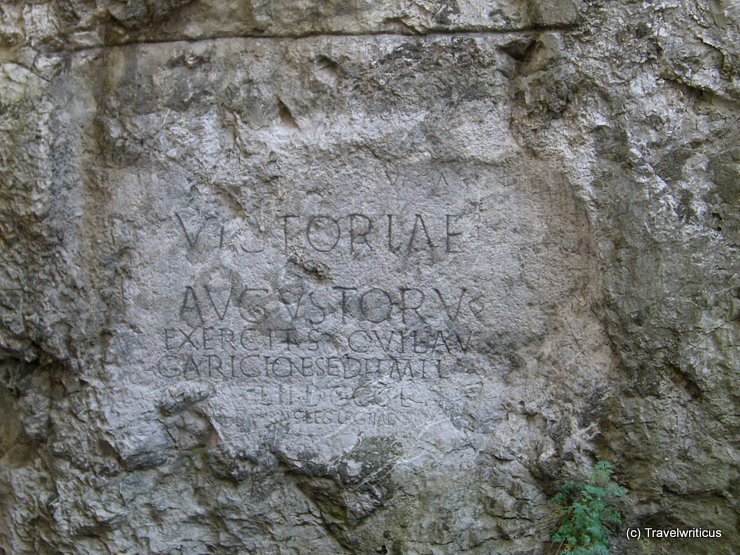
From a hotel window in Trenčín, you have this view of an ancient Roman inscription. It is placed on a rock right next to the back of the hotel and became famous for mentioning the presence of Roman troops in that part of Europe.
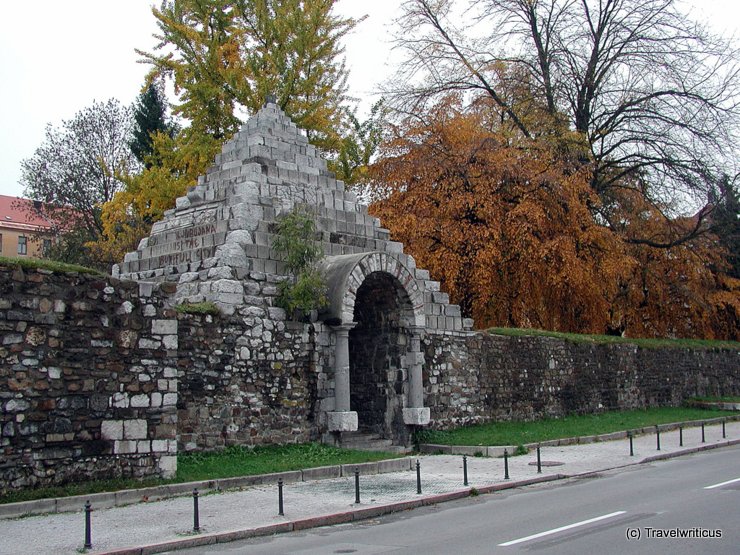
The ancient Roman name of Ljubljana was Emona. Today, one can still see some Roman elements in the city. E.g. this redesign of a part of the Roman town walls was created by architect Jože Plečnik.
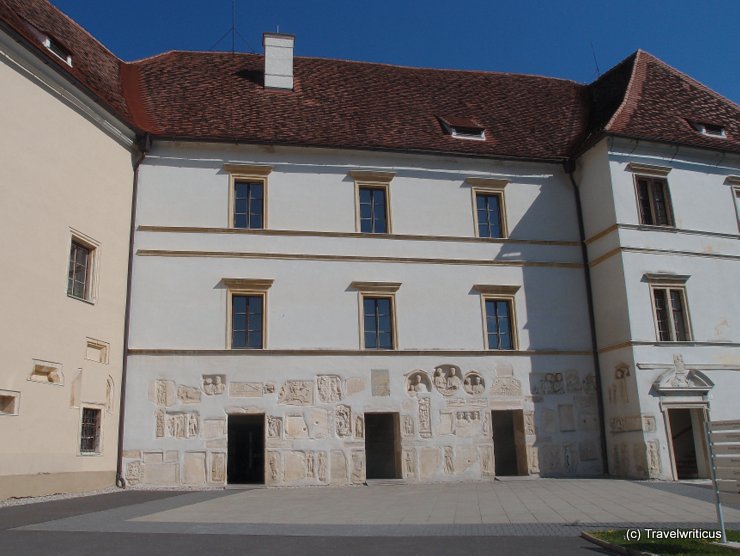
This wall of Seggau Castle (Schloss Seggau) near Leibnitz is a heaven for friends of Roman history. You find there an extensive lapidarium with ancient tombstones. More artefacts are shown at the Roman museum in Wagna nearby.
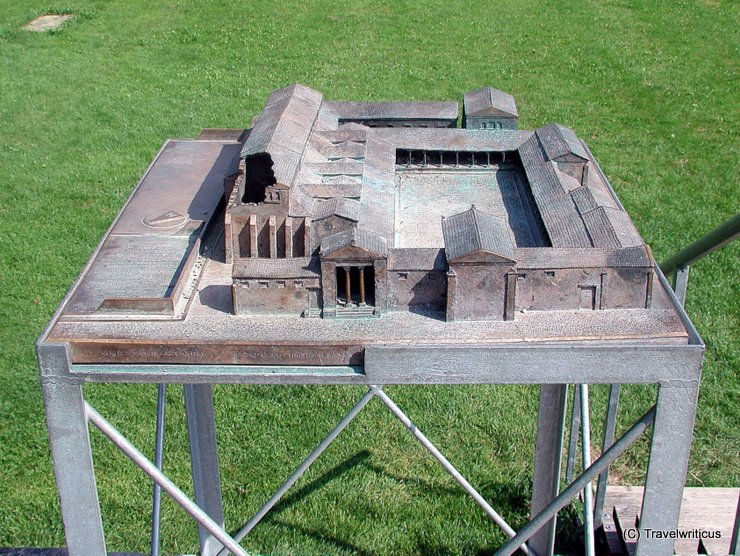
This model represents the ancient forum of Cambodunum. This Roman city stood on the grounds of today’s Kempten. In the Archaeological Park Cambodunum (APC), you will find reconstructed temples of the former Roman settlement.

In Cologne (Köln), you can still find the remains of an ancient Roman fort. The name of the Köln-Deutz district originates from the name of the depicted fort called Divitia. During Roman times, these walls guarded an important Rhine bridge.
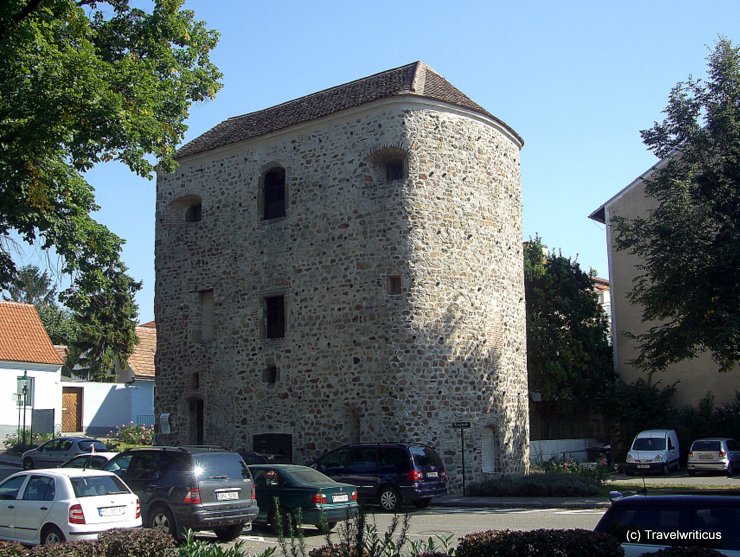
The Horseshoe Tower (Hufeisenturm) in Tulln remains from the ancient military camp Comagena. The Roman name originated from an equestrian unit descending from the region of Commagena.